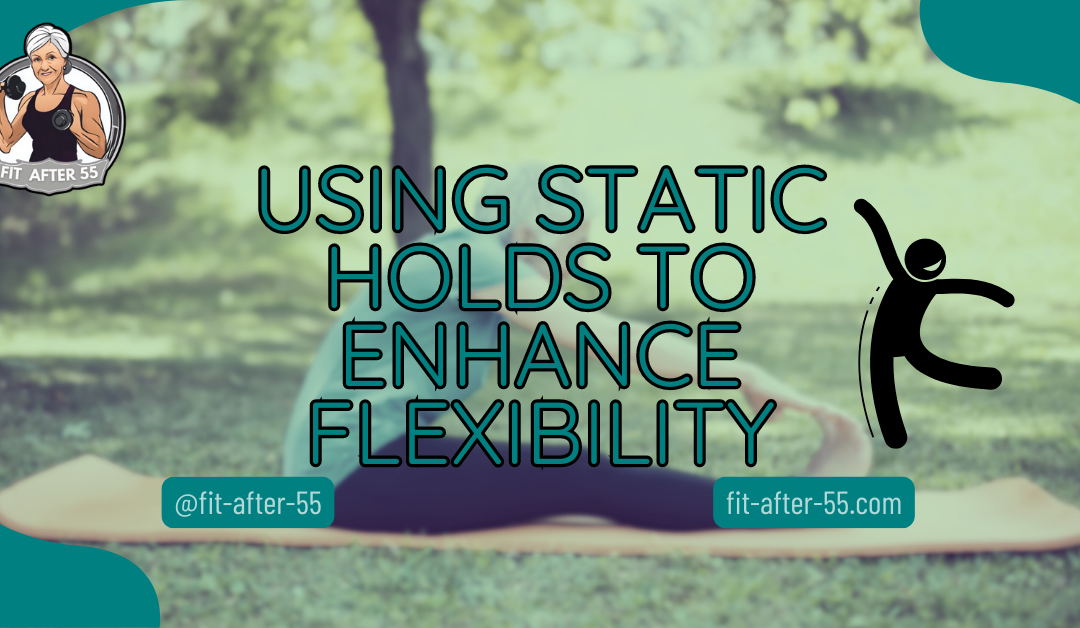Discover how using static holds to enhance flexibility can revolutionize your fitness regimen. Static holds offer more than muscle endurance, where you maintain a fixed position for a set duration. They are a unique and effective way to increase flexibility, build strength, and support overall fitness goals. By incorporating these exercises into your routine, you can experience improved muscle resilience, better posture, and a more balanced physique.
In this article, we’ll delve into the transformative effects of static holds on flexibility. You’ll learn how these exercises challenge your muscles and help them stretch and lengthen, leading to increased flexibility. Explore practical tips on integrating static holds into your workouts and discover the benefits of this approach for enhancing your fitness journey.
Using Static Holds to Enhance Flexibility: Maximizing Stretch Benefits
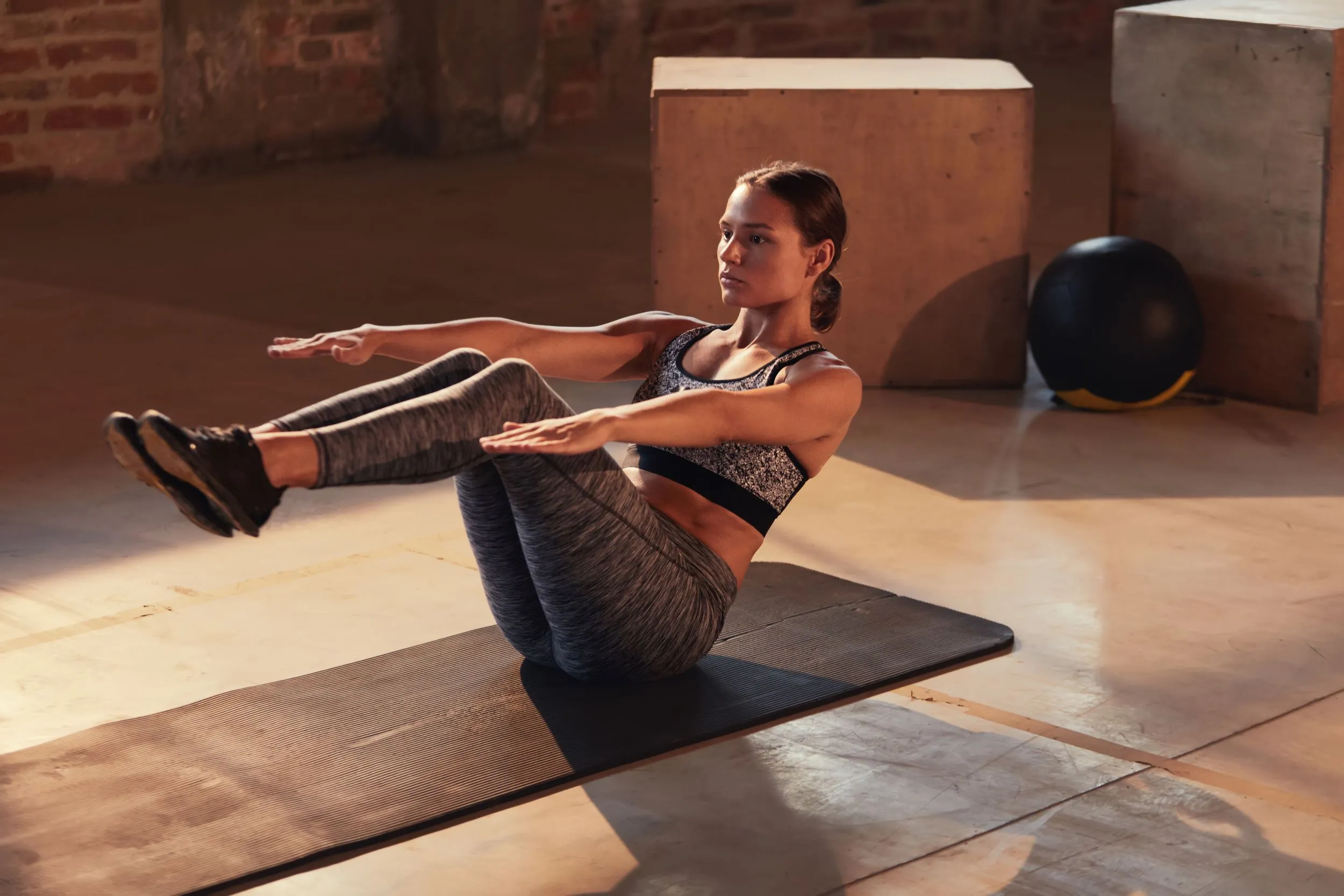
Static holds are a simple yet powerful way to boost flexibility, especially when using static holds to enhance flexibility. These exercises involve holding a stretched position for a set time. By using static holds, you can improve your range of motion and loosen tight muscles. This method works well for many people and can be done almost anywhere.
Static holds are different from active stretching. In a static hold, you stay still in one position. This lets your muscles relax and stretch out slowly. You might feel a slight pull, but it shouldn’t hurt. The goal is to hold each stretch for about 30 seconds.
You can easily add static holds to your workout routine. They work well after exercise when your muscles are warm. You can also do them independently as part of a stretching session. Static stretching can help your body recover after a challenging workout.
Key Takeaways
- Static holds effectively enhance flexibility by maintaining a stretched position, which helps muscles relax and lengthen over time.
- Aim to hold each stretch for 30 to 60 seconds to maximize flexibility gains, ensuring the muscles have enough time to adapt without causing pain.
- Incorporating static holds into your routine can aid in muscle recovery, prevent injuries, and improve overall posture.
- Start with shorter holds and gradually increase the duration to avoid overstretching and safely build flexibility.
- Focus on correct posture, steady breathing, and gradual progression to avoid common mistakes and ensure effective stretching.
The Science of Flexibility
Flexibility is about more than just touching your toes. It involves complex interactions between muscles, connective tissues, and your nervous system. Using static holds to enhance flexibility can help you better understand and improve these elements, allowing you to increase your range of motion safely and effectively.
Connective Tissue and Muscular Properties
Your muscles are surrounded by fascia, a type of connective tissue. When you stretch, both muscles and fascia are affected. Muscles have special sensors called muscle spindles that detect changes in length and tension. These spindles send signals to your brain, triggering a reflex to protect the muscle from overstretching.
This is why sudden stretches can feel uncomfortable or even painful. Regular stretching can help your muscles and fascia become more pliable over time, allowing you to move through a greater range of motion with less resistance.
Benefits of Enhanced Flexibility
Improved flexibility can have wide-ranging benefits for your body and physical performance. Static stretching can increase your range of motion, which may help prevent injuries during physical activities. Better flexibility can also improve your posture and reduce muscle tension, leading to less pain and discomfort in your daily life.
Increased flexibility can enhance athletes’ performance in many sports. It allows for more efficient movement and can improve power output in activities that require a large range of motion. Flexibility exercises may also help increase blood flow to your muscles, speeding up recovery after workouts and reducing muscle soreness.
Fundamentals of Static Holds
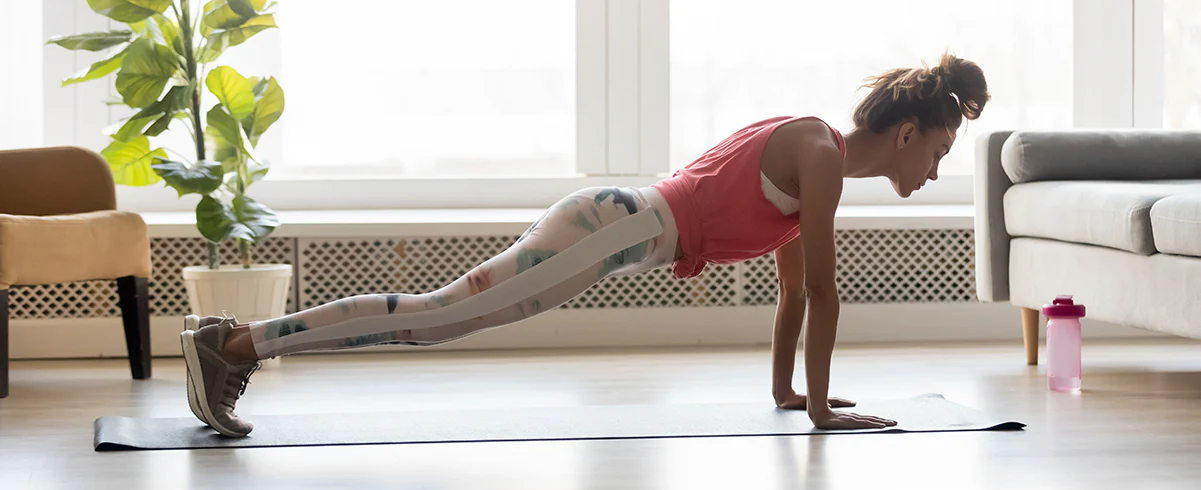
Static holds are a key technique for using static holds to enhance flexibility and strength. To enhance flexibility, you maintain a fixed position for a set time period to challenge your muscles and joints.
Definition and Principles
A static hold is an exercise where you keep your body or limbs in a specific position without moving. The main principle is to maintain tension in your muscles while holding still. This type of exercise can improve your strength and flexibility.
Static holds work by forcing your muscles to contract for longer periods. This builds endurance and stability. You can do static holds with your body weight or add extra resistance. Key points for effective static holds:
- Hold the position for 10-60 seconds
- Keep your breathing steady.
- Gradually increase hold time as you get stronger
Types of Static Holds
There are many ways to incorporate static holds into your workout routine. Here are some common types:
- Plank Holds: Target your core, shoulders, and back
- Wall Sits: Work your legs and glutes
- Chin-up Holds: Strengthen your arms and back
- Hollow Holds: Challenge your entire core
You can also use static holds in weightlifting. For example, barbell static holds can boost your grip strength and work your back and shoulders. Static holds are versatile. You can adapt them to fit your fitness level and goals. Start with shorter hold times and simpler positions. Then, progress to more challenging variations as you get stronger.
Techniques for Using Static Holds
When done right, using static holds to enhance flexibility can be highly effective. Good form, breathing, and gradual increases are key. Let’s examine how to do static holds safely and effectively.
Posture and Alignment
Proper posture is vital for static holds. Keep your spine straight and your body in line. This helps you target the right muscles and avoid injury. For a hamstring stretch, sit on the floor with your legs out. Reach for your toes. Keep your back flat, not rounded. If you can’t reach your toes, use a strap or towel.
When doing a chest stretch, stand in a doorway. Put your arms on the door frame at shoulder height. Step forward with one foot. Keep your chest up and shoulders back. If possible, always check your form in a mirror. This helps you spot and fix alignment issues.
Breathing and Relaxation
Breathing is key in static holds. Take slow, deep breaths. This helps you relax into the stretch. Breathe in through your nose for four counts. Hold for two counts. Then breathe out through your mouth for six counts. This pattern can help you stay calm and focused.
Try to relax the muscles you’re stretching. Tension can make the stretch less effective. Picture the muscle getting longer as you breathe out. If you feel pain, ease off the stretch. You should feel a pull, not pain. Pain means you’re pushing too hard.
Did You Know?
Isometric stretching and static holds are similar in that both involve holding a position without movement but differ in muscle activation. In isometric stretching, the stretched muscle is contracted against resistance, while static holds maintain the stretch position. Isometric stretching can lead to faster flexibility gains but may be more intense.
Progressive Overload Approach
Start with short holds and work your way up. Begin with 10-15 second holds. Over time, aim for 30 seconds or more. Increase the stretch depth slowly. Don’t try to get the deepest stretch right away. Add a little more each week. Here’s a sample plan:
- Week 1: 15-second holds
- Week 2: 20-second holds
- Week 3: 25-second holds
- Week 4: 30-second holds
Do static holds 2-3 times a week. Give your body time to rest between sessions. This helps prevent overuse injuries. Track your progress. Write down how long you hold each stretch. Note any improvements in flexibility. This can help you stay motivated.
Static Holds in Different Disciplines
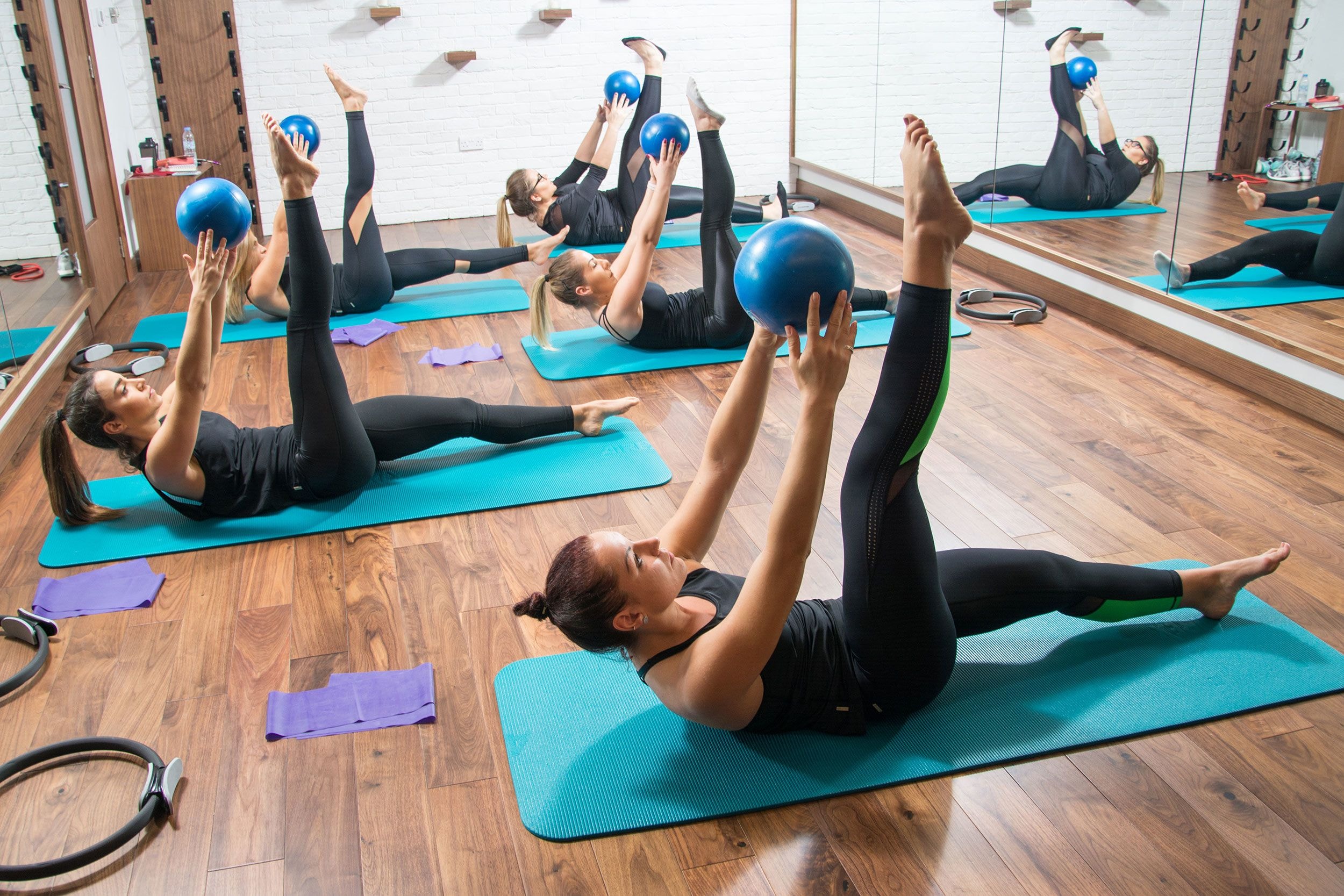
Static holds are widely used in various physical practices, especially using static holds to enhance flexibility. They offer unique benefits in flexibility, strength, and body awareness. Let’s explore how static holds are applied in different disciplines.
Yoga and Pilates
In yoga, static holds form the core of many poses. You’ll encounter them in postures like the Warrior pose and Chair pose. These holds can last from a few seconds to several minutes. Yoga static holds to improve your flexibility and build strength. They also enhance your balance and focus.
In Pilates, you’ll find static holds in exercises like the Plank or the Hundred. These holds target your core muscles and improve posture. Both yoga and Pilates use static holds to increase body awareness. You learn to feel and control different muscle groups.
Martial Arts and Dance
Martial arts incorporate static holds in stances and techniques. In karate, you might hold a horse stance to build leg strength. These holds improve your stability and power. They also teach you patience and mental focus. In dance, static holds appear in many forms. Ballet dancers use them in poses like arabesque.
Modern dancers might incorporate longer holds in their choreography. Static holds in dance build strength and improve lines. They also help you develop better control over your movements. Both martial arts and dance use static holds to enhance performance. You’ll gain better body control and artistic expression.
Strength Training and Bodybuilding
In strength training, static holds are often called isometric exercises. For example, you might do a wall sit or hold a dumbbell at a specific angle. These holds can increase muscle recruitment and target muscle fibers that might be missed in dynamic movements. Bodybuilders use static holds to shape muscles and improve definition.
Holds like the plank engage multiple muscle groups at once. Static holds in strength training can build muscle mass. They increase time under tension, which is key for muscle growth. You’ll also improve your mind-muscle connection with static holds. This can lead to better results in your overall training.
Here’s an additional video on how to stretch with full body static stretches for improved flexibility and cool down exercises.
By: HASfit
Programming Static Holds for Flexibility
Using static holds to enhance flexibility can be highly effective when applied correctly. A well-designed routine, proper timing, and smart integration with other stretching methods are key factors for success.
Designing a Routine
Start by picking 5-7 stretches that target major muscle groups. Include holds for hamstrings, quadriceps, hip flexors, shoulders, and back muscles. High plank and wall sits are good options to add. For each stretch:
- Warm up the muscles first
- Ease into the stretch slowly.
- Hold at a point of mild tension, not pain.
Progress gradually. Increase hold times or deepen stretches over weeks. Keep a log to track improvements.
Frequency and Duration
Aim to do static holds 3-5 times per week. This gives muscles time to adapt between sessions. Hold each stretch for 30-60 seconds. You can split this into shorter holds if needed. A sample routine might look like:
- Monday: 30-second holds
- Wednesday: 45-second holds
- Friday: 60-second holds
Rest 15-30 seconds between stretches. Your total routine should last 10-15 minutes.
Integration with Dynamic Stretching
Combine static holds with dynamic stretches for best results. Start your routine with 5 minutes of light cardio to warm up. Then, do dynamic stretches to prepare muscles for static holds. After static holds, end with more dynamic stretches. This helps your body transition back to normal movement. A full routine might look like:
- 5-minute warm-up
- 3-5 minutes of dynamic stretches
- 10-15 minutes of static holds
- 3-5 minutes of dynamic cool-down
This approach gives you a well-rounded flexibility workout.
Common Mistakes and How to Avoid Them
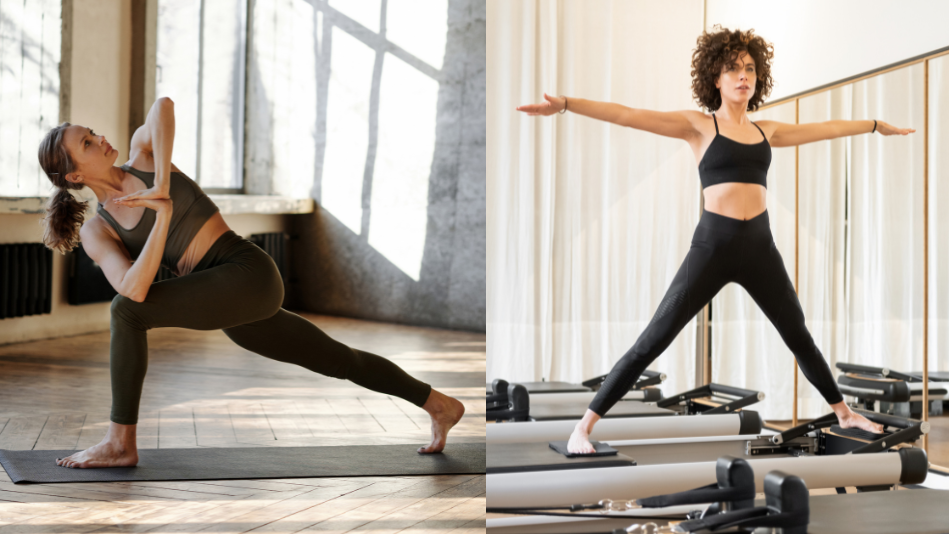
- Many people make mistakes when using static holds to enhance flexibility. These errors can slow down progress or even cause injury. Let’s look at some common issues and how to fix them.
- Not warming up is a big problem. Your muscles need to be warm before you stretch. First, do 5-10 minutes of light cardio. This gets blood flowing and prepares your body.
- Pushing too hard is another mistake. You might think more pain means more gain, but this isn’t true. Stretching should feel uncomfortable but not painful. If it hurts, back off a bit.
- Poor form can limit benefits and risk injury. Make sure you’re doing each hold correctly. Ask a trainer or watch videos to check your technique.
- Holding for too long or not long enough is an issue. Aim for 15-30 seconds per stretch. This gives your muscles time to relax without overdoing it.
- Forgetting to breathe is common but important. Take slow, deep breaths during your holds. This helps you relax and increases oxygen flow to your muscles.
- Rushing through your routine won’t help. Take your time and focus on each stretch. Quality is more important than quantity when it comes to flexibility.
Safety Considerations and Contraindications
Safety should be your top priority when using static holds to improve flexibility. Always warm up before stretching to prepare your muscles and joints. Start with shorter hold times and gradually increase duration as you become more comfortable. Aim for 15-30 seconds per stretch initially. Listen to your body and stop if you feel pain.
Mild discomfort is normal, but sharp or intense pain is a warning sign. Avoid bouncing or jerking movements during static holds, especially when using static holds to enhance flexibility. These can lead to muscle strains or tears. Be cautious if you have any existing injuries or medical conditions. Consult your doctor before starting a new stretching routine if you’re unsure.
Contraindications:
- Recent bone fractures or severe sprains
- Acute inflammation or infection in the area being stretched.
- Osteoporosis in advanced stages
- Certain heart conditions or high blood pressure
If you’re pregnant, avoid stretches that put pressure on your abdomen or require lying flat on your back. Remember to breathe steadily throughout each hold. Holding your breath can increase tension and blood pressure. Perform static holds after your workout for the best results. This is when your muscles are warmest and most pliable.
Measuring Progress and Setting Goals
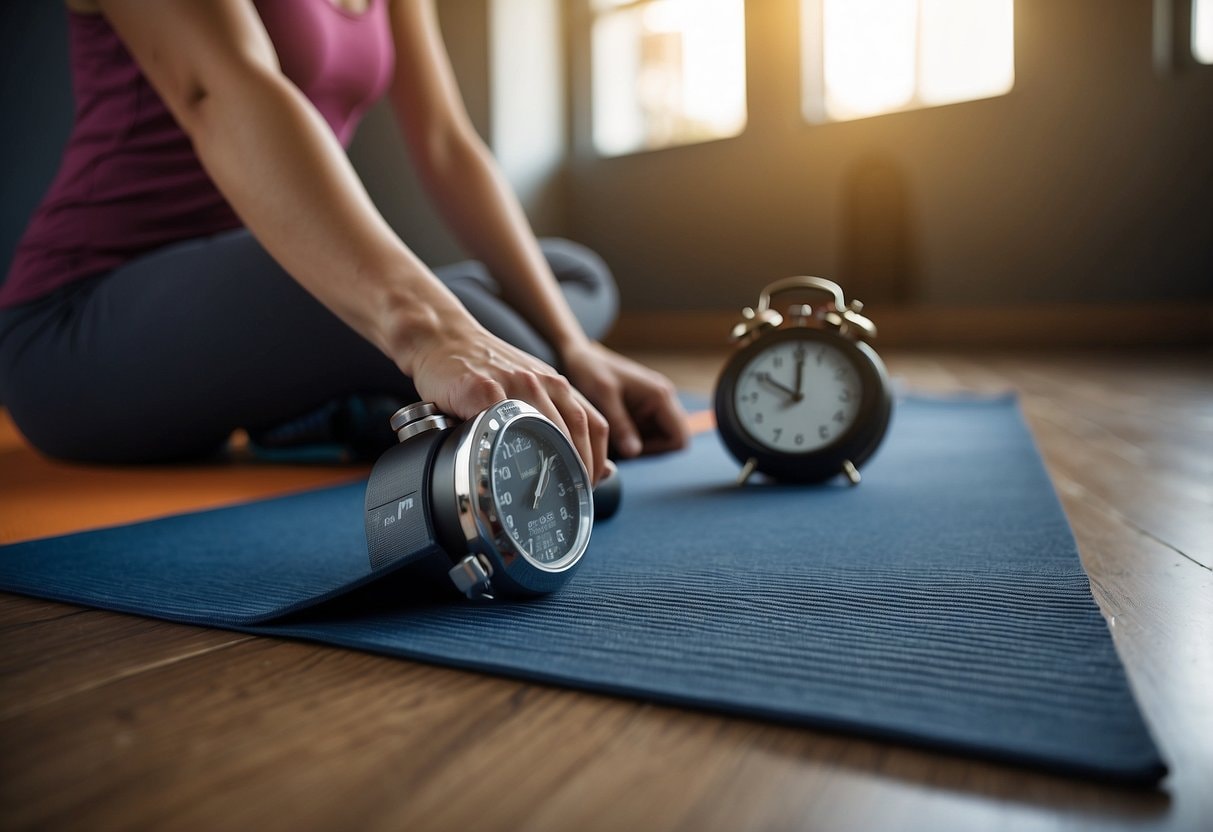
Tracking your flexibility gains is key to staying motivated. Start by measuring your current range of motion for each joint or muscle group you want to improve. You can use a goniometer or take photos to record your starting point. Set SMART goals for flexibility that are specific, measurable, achievable, relevant, and time-bound.
For example, aim to increase your hamstring flexibility by 10 degrees in 6 weeks. Break this down into smaller weekly targets to keep yourself on track. Regular assessments are important. Check your progress every 1-2 weeks using the same measurement method. This helps you see improvements and adjust your routine if needed.
Keep a log of your static hold durations and flexibility measurements. Use a simple spreadsheet or fitness app to record your data. This makes it easy to spot trends and celebrate milestones. Remember, flexibility gains take time. Be patient and consistent with your practice. If you’re not seeing progress, consider adjusting your routine or seeking guidance from a fitness professional.
Here’s an additional video on the Static Hold Isometric Workout.
By: Amy’s Beach Fitness
Unlocking Flexibility: The Power of Static Holds for Enhanced Fitness
Using static holds to enhance flexibility is a highly effective strategy for improving your fitness regimen. By maintaining a fixed position for a set duration, static holds help increase flexibility, build muscle endurance, and support overall strength. Incorporating these exercises into your routine can lead to a greater range of motion, improved posture, and a more balanced physique.
This article has explored the transformative effects of static holds on flexibility. You’ve learned how these exercises challenge your muscles while allowing them to stretch and lengthen, resulting in enhanced flexibility. With practical tips for integrating static holds into your workouts and understanding their benefits, you’re well-equipped to maximize your flexibility gains and elevate your fitness journey.
Frequently Asked Questions
How Long Should Static Stretches Be Held to Maximize Flexibility Gains?
For best results, hold static stretches for 30 to 60 seconds. This gives your muscles time to relax and lengthen. Repeat each stretch 2 to 4 times per session. Consistency is key. Aim to stretch 3 to 5 times per week. You’ll see more progress with regular practice than occasional long sessions.
Can Static Holds Contribute to Muscle Growth and Hypertrophy?
Static holds can lead to muscle breakdown. This process is important for muscle growth. When muscles repair, they often come back stronger and bigger. Static holds create tension in your muscles for extended periods. This can trigger muscle growth, especially when combined with other strength training exercises.
What is the Difference Between Static Holds and Dynamic Stretching for Improving Flexibility?
Static holds involve holding a stretch in one position. Dynamic stretching uses movement to stretch muscles. Both can improve flexibility but in different ways. Static holds allow for deeper stretches and can target specific muscles. Dynamic stretching warms up your body and improves the range of motion through movement.
Discover Wellness and Thrive: Join the Fit After 55 Community!
Get motivated to stay fit with Fit After 55!
Explore our websit (https://www.vitalityseniorliving.com/resources_for_senior/staying-fit-at-55/) for expert advice, valuable insights, and product reviews tailored for seniors. Connect with like-minded individuals passionate about health and fitness on our Facebook page (https://www.facebook.com/fitafter50dotcom/).
Let’s embark on this fitness journey together and prove that age is no obstacle!

